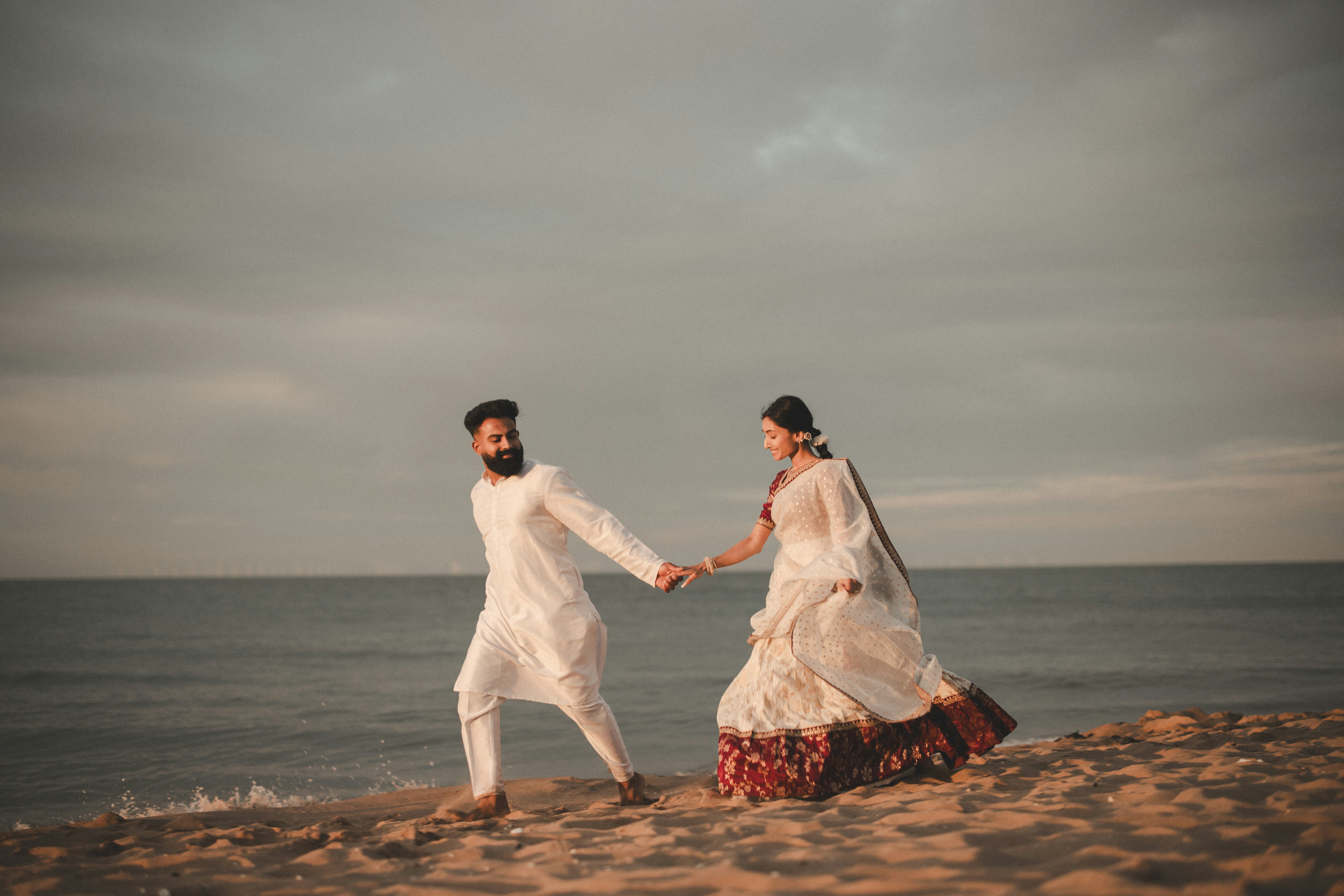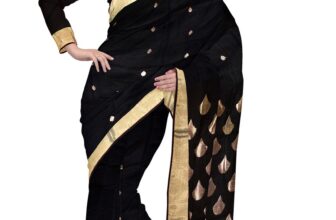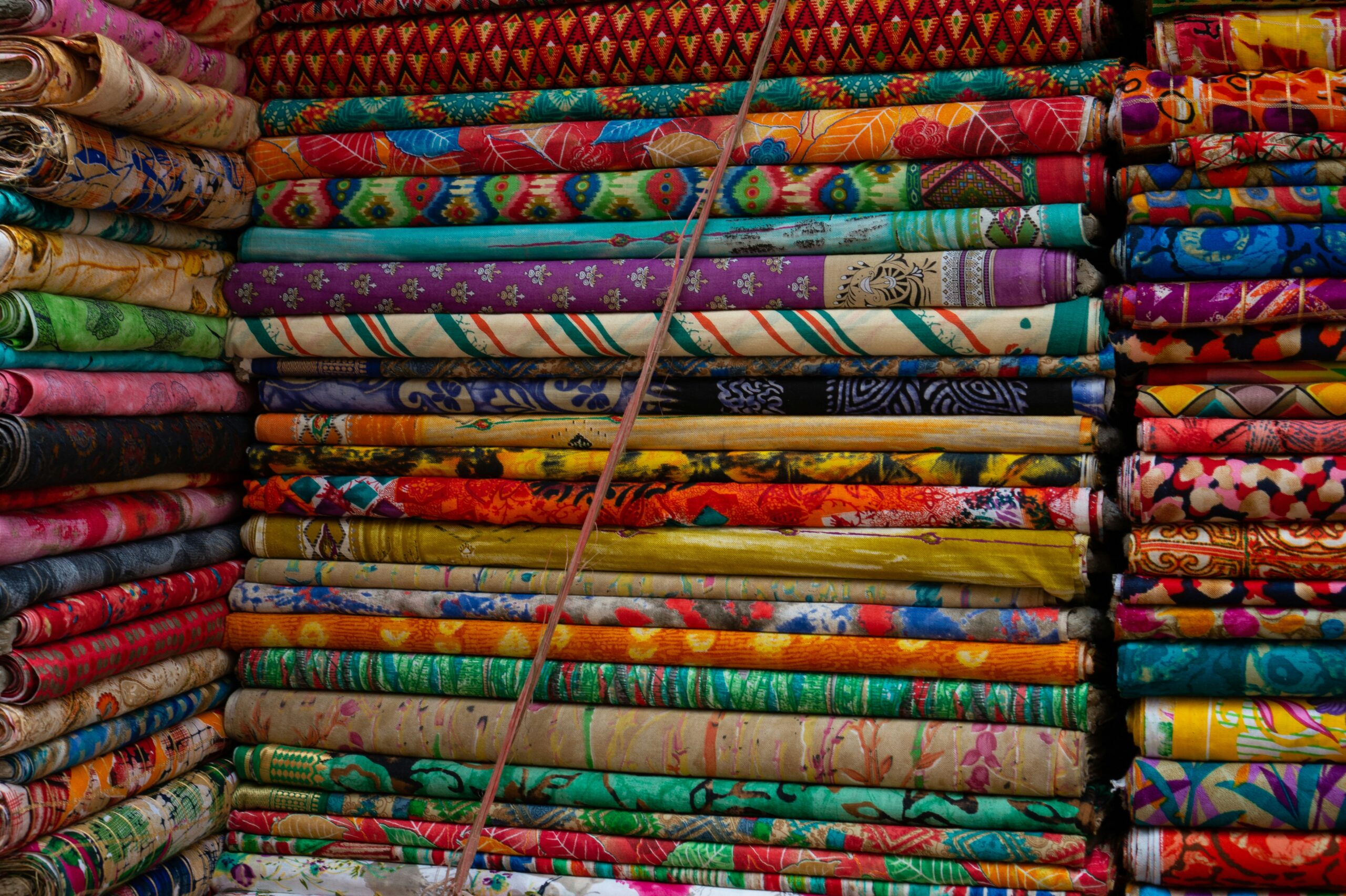
The saree is a six-yard marvel that embodies grace, tradition, and sophistication. This iconic garment has been worn across South Asia for centuries, yet it remains fresh and relevant in modern fashion. From Bollywood divas to international red carpet events, the saree has graced some of the world’s most glamorous moments, blending heritage with contemporary style. Here, we explore the journey of the saree from Bollywood classics to high-profile red carpets, highlighting the iconic moments that have cemented its place in global fashion.
The Saree in Bollywood: A Symbol of Elegance and Glamour
Bollywood has played a crucial role in defining and popularizing the saree as a symbol of beauty and elegance. This garment, through the silver screen, has achieved cult status in Indian fashion. Let’s take a closer look at how Bollywood has transformed the saree into an unforgettable fashion statement:
Madhubala in Mughal-e-Azam
Madhubala’s portrayal of Anarkali in Mughal-e-Azam (1960) is unforgettable, and so is her attire. Although not strictly a saree, the film’s costumes—intricately embroidered and draped in royal fabrics—echoed traditional saree aesthetics. This film showcased the richness of Indian clothing and established the saree as a timeless garment representing elegance.
Mumtaz in Brahmachari
In the 1968 film Brahmachari, Mumtaz stunned audiences with her iconic orange saree, draped in a tightly pleated, modern style that became a trend. The way she danced in this outfit demonstrated the versatility of the saree, making it suitable for movement and glamour alike.
Sridevi in Mr. India
The blue chiffon saree worn by Sridevi in Mr. India (1987) redefined the saree as a garment of sensuality and style. Her song sequence, set against a rainy backdrop, showcased the saree’s ability to be both modest and alluring, making it a style statement for years to come.
Rekha at Film Awards
Rekha, known as the epitome of saree elegance, has graced countless award ceremonies in Kanjeevaram sarees, making her the gold standard for traditional Indian fashion. Her shimmering gold sarees with heavy jewelry and classic makeup have become synonymous with old-school Bollywood glamour.
Deepika Padukone in Yeh Jawaani Hai Deewani
Deepika’s royal blue saree in Yeh Jawaani Hai Deewani (2013) was a moment of modern Bollywood magic, blending sensuality with sophistication. This saree and her character’s transformation demonstrated how the saree remains relevant for contemporary youth.
The Saree Goes Global: Red Carpet and International Influence
The saree’s global popularity has grown tremendously, with international celebrities and events embracing its beauty and symbolism. Here are some iconic moments when the saree stole the international spotlight:
Aishwarya Rai at the Cannes Film Festival
Aishwarya Rai Bachchan, a global icon, has often graced the Cannes Film Festival red carpet in stunning sarees. Her 2013 appearance in a gold saree by Tarun Tahiliani combined Indian elegance with high-fashion sensibilities, drawing global admiration. This moment brought traditional Indian attire into the international limelight, emphasizing its place in haute couture.
Priyanka Chopra at the Golden Globes and Beyond
Priyanka Chopra has proudly worn sarees on international platforms, including her red and gold Sabyasachi saree at the 2020 Golden Globes after-party. By sporting the saree at such a high-profile event, she bridged Indian and Western fashion, proving that the saree holds universal appeal.
Sonam Kapoor at Cannes
Known for her fearless fashion, Sonam Kapoor stunned at Cannes in a delicate, blush-colored saree with a cape designed by Anamika Khanna. The fusion of the saree with a Western-style cape showcased the potential of the saree in contemporary, innovative fashion.
Naomi Campbell in a Sabyasachi Saree
Supermodel Naomi Campbell wore a Sabyasachi saree to an event in 2015, capturing the garment’s regal allure and signaling its acceptance in Western high fashion. Her choice to wear the saree highlighted its versatility and elegance, showcasing how it could seamlessly fit into international fashion scenes.
Lady Gaga’s Saree Moment
Lady Gaga, known for her eclectic style, donned a saree in 2011, embracing South Asian culture with her unique flair. This choice showed the saree’s universal appeal and adaptability, aligning with her reputation for bold, statement-making outfits.
How Designers Are Reinventing the Saree for Modern Audiences
Indian designers have also played a significant role in reinventing the saree to cater to both traditional and modern tastes. By experimenting with fabrics, draping styles, and embellishments, they’ve created new interpretations that appeal to a global audience.
Sabyasachi Mukherjee
Known for his opulent designs, Sabyasachi has introduced the saree to a younger, fashion-forward demographic, blending traditional artistry with a modern twist. His sarees are often paired with intricate, Western-style blouses and have been worn by celebrities worldwide.
Manish Malhotra
Manish Malhotra’s sarees are known for their glamorous appeal, often featuring sequins, chiffon, and bold colors. His designs appeal to Bollywood stars and have gained popularity on the international stage, especially for bridal and red carpet events.
Anamika Khanna
Anamika Khanna’s fusion sarees, often with cape and jacket pairings, have given the saree a contemporary edge. Her creations make the saree more accessible to a Western audience by blending Indian aesthetics with global fashion trends.
Ritu Kumar
As one of India’s most respected designers, Ritu Kumar has focused on preserving the saree’s heritage by using traditional techniques and fabrics. Her work keeps the saree grounded in its cultural roots while making it appealing to modern audiences.
The Saree’s Future in Fashion
The saree’s journey from Bollywood to the global red carpet reflects its timeless appeal and ability to adapt to changing fashion landscapes. While deeply rooted in Indian culture, it has transcended borders and evolved with the times. As more designers reinterpret the saree, it’s likely to see continued evolution in styling, making it a staple in global wardrobes.
The saree’s popularity also highlights a larger trend of embracing cultural fashion in international circles, with traditional garments from various cultures making their way into mainstream fashion. This resurgence of cultural appreciation promotes diversity in fashion and creates a space where traditional garments like the saree can thrive.
Conclusion
From Bollywood screen legends to international red carpets, the saree has proven to be an enduring symbol of elegance, versatility, and cultural pride. Its presence in global fashion is a testament to its universal appeal, while Bollywood’s influence has given it an iconic status. As designers continue to innovate, the saree’s journey as a cultural and fashion icon will likely flourish, inspiring a new generation to drape it with pride and confidence.






